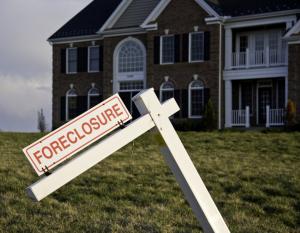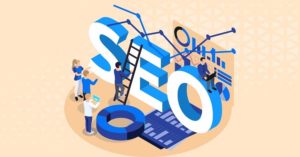A recent report from the William C. Velasquez Institute, a nonpartisan think tank that studies Hispanic issues, concluded that African Americans and Latinos are at a disproportionate risk in the ongoing foreclosure crisis because they are more likely than whites to have higher-cost mortgage loans and face higher unemployment rates. The nationwide unemployment rate is 10.2 percent. For blacks, it’s 15.7 percent and for Latinos, 13.1 percent.
The Institute urged the federal government to take steps, including reforming bankruptcy laws and expanding eligibility for mortgage modification efforts, to help combat the crisis.
Raul Hinojosa, a UCLA professor and the author of the study, was recently quoted saying, “If nothing is done then the foreclosures will continue disproportionately hitting blacks and Latinos.” He added that continued foreclosures could wipe out billions of dollars in home equity wealth amassed in those communities, and even those black and Latino homeowners who kept their homes would be affected by lower property values in foreclosure-riddled neighborhoods.
Knowledge is Power
“Many are finding that they are taking food off the table to keep their roofs over their heads. It is important for the African American community to know that the government has mandated that banks consider loan modifications before they elect to foreclose on a property. But that also means the homeowner needs to be part of the modification process as well, and that could be key in helping keep them in their homes,” explains Ryan Boyajian, President of Laguna Niguel, CA-based We Save Homes, a publicly traded software company whose products are designed to aid banks, servicers as well as homeowners to electronically build financial document packages to help expedite the loan modification process.
Lenders are often willing to lower the current interest rate, convert adjustable-rate mortgages (ARMs) to fixed-rate mortgages, and initiate a longer amortization period, while adjusting or forgiving past-due loan payments. “Some lenders will even allow a principal reduction that may result in a lower loan balance when homeowners are upside down on their loans,” explains Boyajian.
How To Modify
Borrowers must be able to demonstrate to their lender why it would be in both parties’ best interests to agree to a loan modification, and also accurately complete and file a bevy of financial documents. The experts at We Save Homes say the key to success is the delivery of a complete financial package, built exactly to your bank’s specifications, on your first attempt. “Many feel the process can be complicated, and without funds to hire attorneys to help understand the legal speak, there can be a challenge for some Latinos for whom English is not their first language,” says Boyajian.
Many homeowners may benefit by opting to use software such as We Save Homes’ eTurboMod, which has a bilingual interface. Similar to tax preparation software, the affordable technology connects you with the appropriate forms and guides you through the entire modification process. It also helps users ensure that their financial packages are accurate, filed properly and complete. “The best part is that the fee for the program, which is under $300, is only payable after the homeowner receives their loan modification,” says Boyajian.
Who Qualifies?
Generally, people who have financial hardships that are hindering them from making their mortgage payments may qualify for a loan modification. Financial hardships that may qualify you for a loan modification include:
• Holding an ARM that has adjusted or that will adjust in the next 30 to 60 days;
• Being 60 to 90 days behind on a mortgage;
• Having your mortgage interest rates or payment increased;
• Having no equity in the home or being about to enter foreclosure.
“However, regardless of your situation, never stop making your mortgage payments when you can afford to make them,” advises Boyajian.
For more information, log on to www.wesavehomes.com



